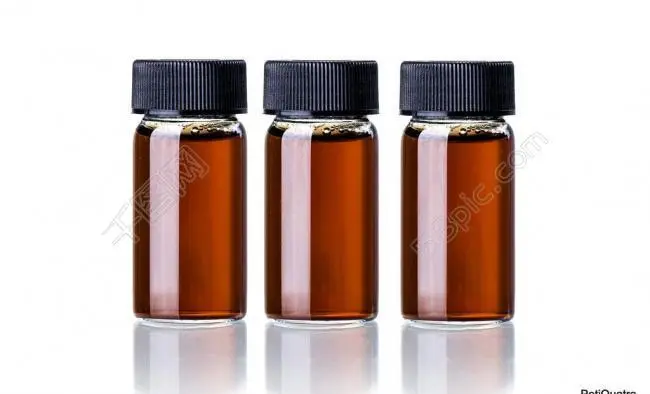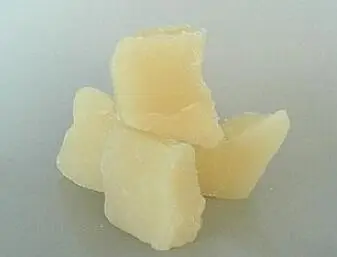**The Magic of Soap’s Secret Ingredient: Why Surfactants Make Water Wetter**
(How Surfactants Work)
Imagine scrubbing greasy dishes. Water alone slides off the oil like it’s scared. Add a drop of soap, and suddenly the oil vanishes. The hero here isn’t magic—it’s surfactants. These tiny molecules are why soap cleans, shampoo bubbles, and laundry detergent fights stains. Let’s break down how these invisible helpers work.
Surfactants are molecules with split personalities. One end loves water. The other end hates it and clings to oils instead. This dual nature lets them act as middlemen between substances that normally refuse to mix. Think of them as negotiators convincing oil and water to shake hands.
Here’s what happens. When you wash your hands, surfactants in soap rush to the scene. Their water-hating tails stab into grease or dirt. Their water-loving heads face outward, surrounding the grime. This creates little packages called micelles. The micelles trap oil inside, letting water carry it away. Without surfactants, water just rolls off the oil, leaving your hands dirty.
Surfactants also mess with water’s surface tension. Pure water acts like it has a thin skin. Bugs can walk on it. Drops bead up on leaves. Surfactants weaken this tension. They make water “wetter” by spreading it out instead of letting it clump. This helps soapy water reach every corner of a dirty pan or fabric.
Bubbles are another surfactant trick. When you blow air into soapy water, surfactants line up around the air pockets. Their water-loving heads face out, and their oil-loving tails face in. This stabilizes the bubble’s thin wall. More surfactants mean stronger bubbles—which is why cheap shampoo sometimes makes better suds than expensive ones.
Surfactants aren’t just for cleaning. They’re in toothpaste, helping spread minty freshness through your mouth. They’re in fire extinguishers, smothering flames by coating burning fuel. They’re even in ice cream, keeping it smooth instead of icy. The same molecule that scrubs your scalp might be in your dessert.
Not all surfactants are the same. Some are harsh, like those in heavy-duty detergents. Others are gentle, like the ones in baby shampoo. Natural surfactants exist too. The saponins in soapberries have been used for centuries. Modern labs cook up synthetic versions for specific jobs, like fighting oil spills or making pills dissolve faster.
Ever seen pepper flakes dart away when dish soap touches water? That’s surfactants in action. The pepper sits on water’s surface tension. Soap breaks the tension, and the high-energy areas pull the pepper aside. It’s a quick demo of how surfactants attack grease—by breaking the forces that hold it together.
Surfactants have a dark side. Too many down the drain can harm fish or create foam in rivers. Some take years to break down. Scientists now design “green” surfactants that clean well without lingering in nature. It’s a reminder that even tiny molecules need balance.
(How Surfactants Work)
Next time you see suds in the sink, remember the tiny wrestlers pulling oil into the water. They’re why paint sticks to walls, why your salad dressing doesn’t separate, and why your hair isn’t a greasy mess. Surfactants don’t wear capes, but they’re everyday superheroes—turning impossible tasks into simple science.
Inquiry us
if you want to want to know more, please feel free to contact us. (nanotrun@yahoo.com)




